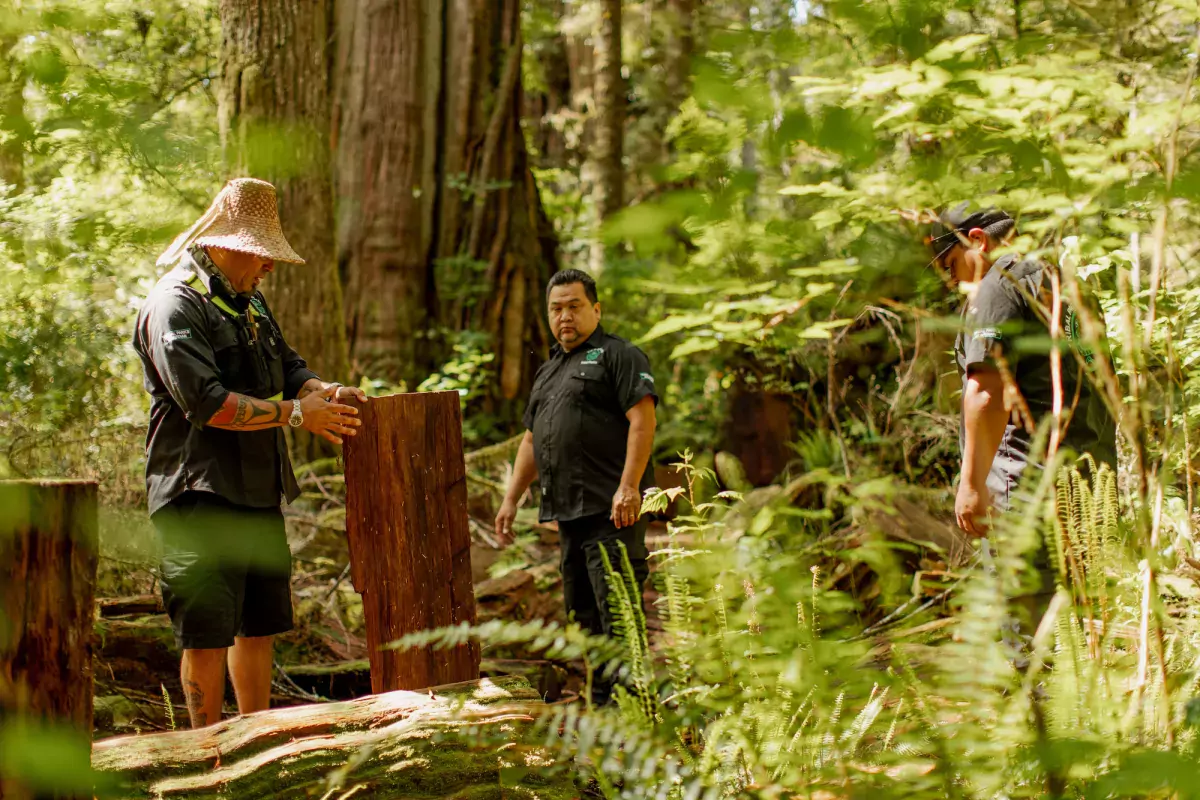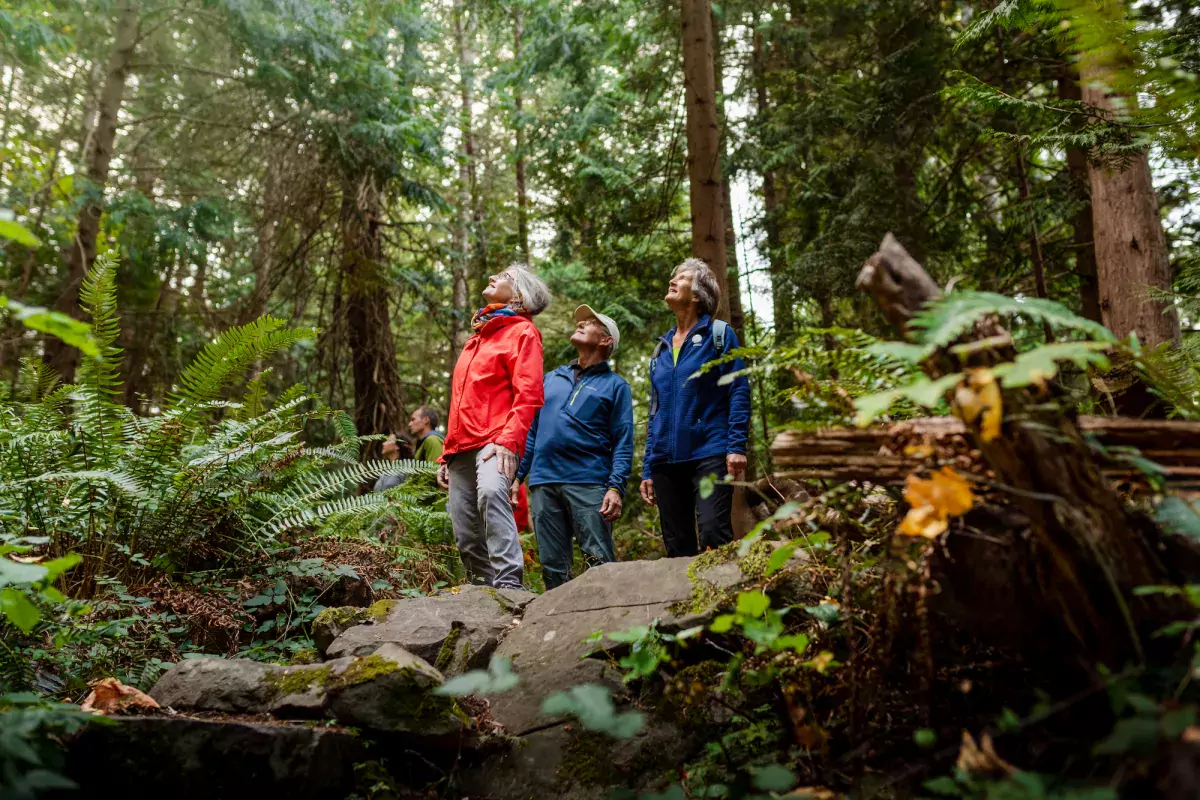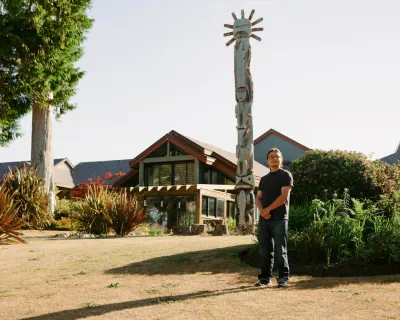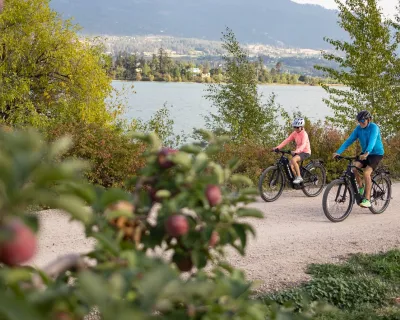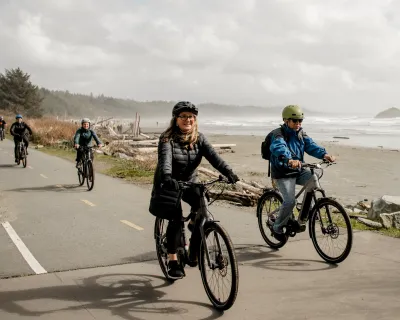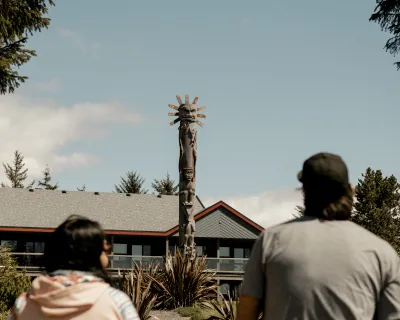Celebrate Earth Day 2025 to find hope, take action for the environment
Looking back, it’s amazing to realize that the global phenomenon that is Earth Day today was first started back in 1970 by US Senator Gaylord Nelson.
And while it’s easy to get eco-anxiety when looking at current environmental trends (ZenSeekers’ Jim Barr explored the effect, and some cures for it, in this 2019 article), the history of Earth Day and some of the milestones over the last 50 years give us reason for optimism today.
Get caught up on the history, then find out how you can make a difference now, with info on initiatives for Earth Day 2025.
Origins of Earth Day: April 22, 1970
Over 20 million Americans participated in the first Earth Day in 1970, as the movement galvanized students and the larger community in rallies, marches and teach-ins, according to earthday.org.
Also notable according to the site was that it united both US Republicans and Democrats in environmental action, and led to the founding of the US Environmental Protection Agency.
1990-2000: Earth Day goes global
In 1990, seeking to generate a bigger reach, a group of environmental leaders engaged Denis Hayes (the lead organizer for the 1970 events) to take the movement global. That year over 200 million people in 141 countries participated (earthday.org).
By 2000, with new digital technologies connecting the world unlike never before, earthday.org reports that over 5000 environmental groups in 184 countries were involved.
Today: the modern environmental movement
According to earthday.org, the movement has now engaged over one billion people and 190 countries in eco-initiatives.
More broadly, Earth Day established a foundation for the environmental movement that continues today.
While the effects of climate change and global warming are becoming ever more concerning, as floods, fires and droughts ravage different parts of the globe, there is still cause for hope.
Consider: the eco-movement inspired the Endangered Species Act which today helps us monitor and implement protections for wildlife. More recently, efforts to reduce plastic use are taking hold in communities around the world. And the push to shift from fuel-powered vehicles to alternate modes of transportation, like cycling, walking and transit to reduce human impacts.
But perhaps the most significant success to date is that the ozone layer, which was rapidly depleting in the 80s and 90s, is reportedly now healing.
That didn’t happen by chance, it resulted from actions taken under the Montreal Protocol (1987), an international initiative similar to the recent Paris Agreement (2015).
Here’s how United Nations Executive Secretary (UNEP Ozone Secretariat) Meg Seki put it:
“In the face of a triple planetary crisis – climate, nature and pollution - the Montreal Protocol is one of the best examples we have of the positive and powerful outcome of multilateralism.”
“When sound science is the basis for universal action, we can overcome what may seem insurmountable global environmental challenges.”
What that means, in plain terms, is that as a global community we can and have worked together to avert extreme natural consequences before.
It didn’t come without hard work and behavioural change, but it has happened and that means it is possible we can do it again, if we all pull together.
This Earth Day 2025, let that be our inspiration to take action.
Learn more, take action
Explore earthday.org for info on events and actions you can take for Earth Day 2024 and year round.
Earth Day Events
earthday.org provides a map of events across the world, with event listings to help you find the information for your local Earth Day event.
For more on the history of Earth Day, check out https://www.earthday.org/history/.
Change your travel this summer
Travel in Canada for experiences that will connect you to nature and the values that matter.
Like Our Facebook Page

